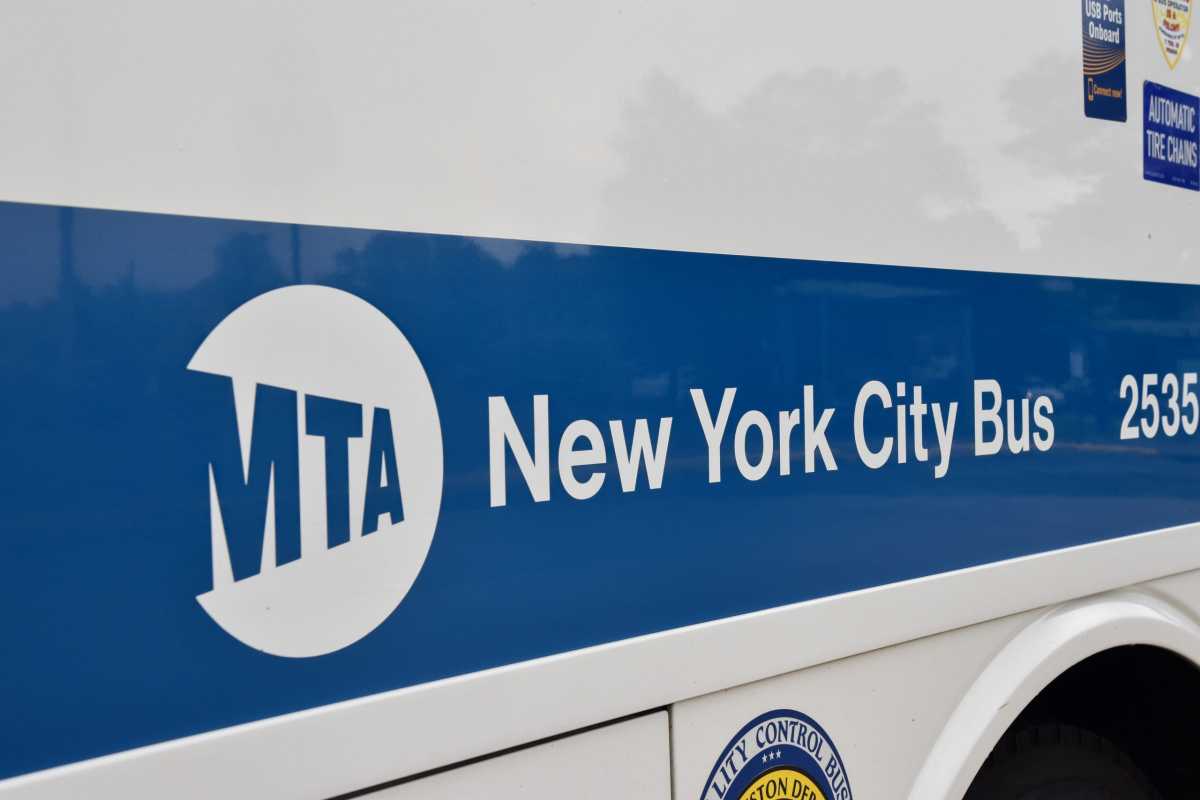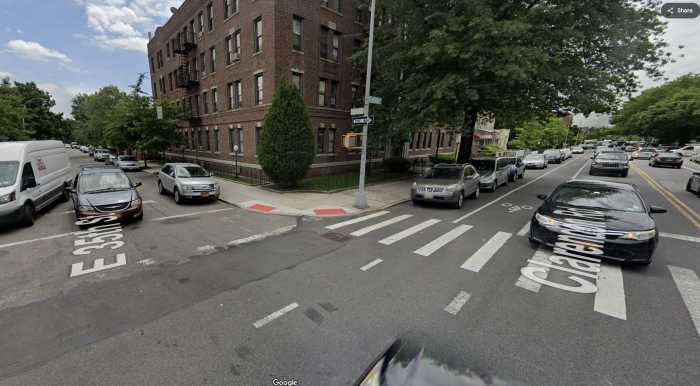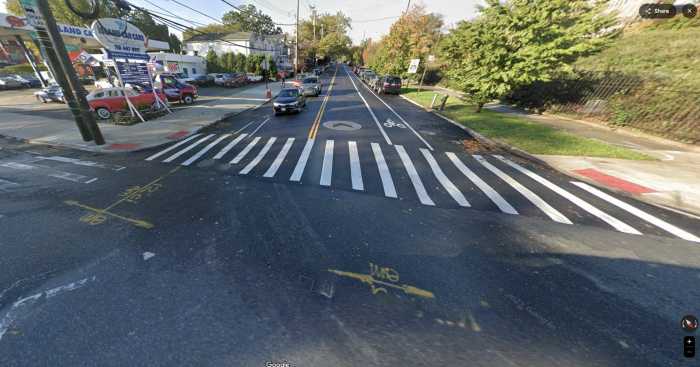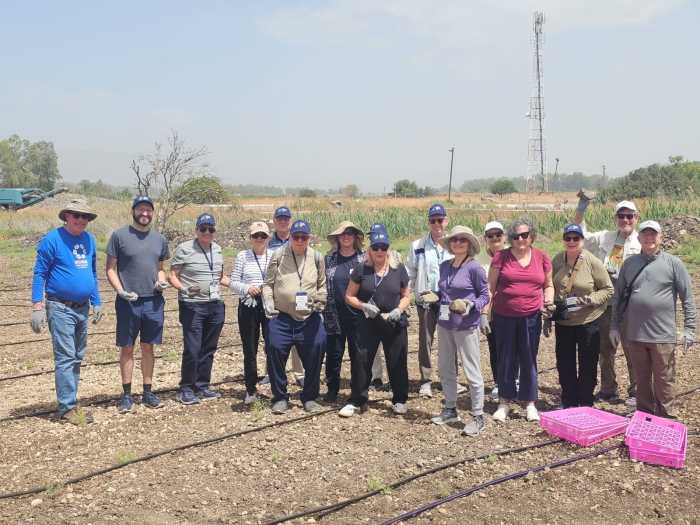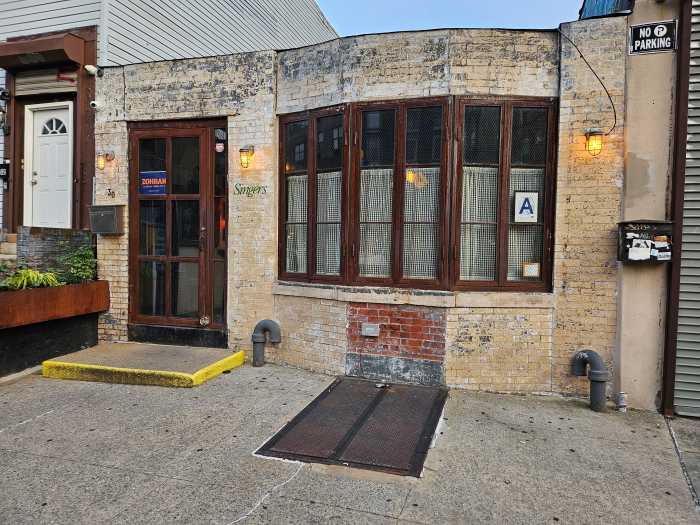By Vittorio Bugatti
I’m a long-time express bus commuter and have helped to run a small business on Fifth Avenue in Midtown Manhattan for over ten years. Creating a busway along this historic thoroughfare is one of the best ideas I’ve heard in some time. It would be a win for businesses and customers alike, as I also patronize many of the stores on the aforementioned corridor.
Some retailers might oppose the plan because they’re afraid of lost revenue from clients that drive to their locations, however, I envision a Fifth Avenue that will be even more vibrant than it has been over the last several years, bustling with all the more shoppers, tourists, entrepreneurs, and office workers, because the reality is that most people here in New York City rely on walking and public transportation to get around. There is nothing more iconic than walking down Fifth Avenue during the holidays and enjoying all of the stores that have been decorated so elegantly, something that simply cannot be done in the same manner in a car.
So many of us could drive into Manhattan, especially those of us in subway-starved, bus-dependent neighborhoods like mine in Riverdale, a scenario that can be found in dozens of other areas in the outer boroughs on Staten Island, in Queens, Brooklyn, and in the Bronx, but we sacrifice and use public transportation because if we didn’t, the City would literally be snarled in gridlock. We saw the importance of our bus network after Hurricane Sandy, and given the latest crisis caused by the ongoing pandemic, there is no question that our economic recovery depends heavily on the resurgence of our transit system, a process that should prioritize people over cars. Even though we saw traffic levels drop dramatically in the spring, cars are back with a vengeance, and we’re looking at “carmageddon” if more commuters continue to travel by car instead of via buses, trains, or bikes.
A busway along Fifth Avenue, such as the one implemented on 14th Street, would serve to provide a “rebirth” of our buses, which are some of the slowest in the country. Converting 14th Street to a bus and freight priority right-of-way has sped up crosstown bus trips by approximately 30 percent, and has attracted thousands of new (or returning) daily riders. Furthermore, despite what opponents of the project predicted, the 14th Street busway has not created traffic jams on parallel streets, and numerous businesses, both big and small, have actually reported an uptick in revenue from an increase in foot traffic.
Bring similar changes to Fifth Avenue, and we’ll be able to speed up service and attract more bus riders on 38 different express and local bus routes. Residents in the outer boroughs, many of whom commute with the dozens of express buses that run along Fifth Avenue, have some of the longest commutes, not only in New York City but in the nation. Using myself as an example, when traffic is at its worst, the commute to my office on Fifth Avenue can grow to two hours each way. Driving into Manhattan and clogging up streets further would not alleviate matters, nor make my commute any less stressful, as parking is already at a premium, so we must find ways to better share and maximize the finite amount of road space that exists. According to the Tri-State Transportation Campaign, the aforementioned routes carry more than 100,000 New Yorkers across the City to more than 16,000 essential worksites, and to 57 hospitals and health care centers.
Bus ridership is on the rebound, and in the City’s recovery, it’s coming back much, much faster than subway ridership. In fact, earlier this summer, there were more bus riders than rail commuters, something which hasn’t happened in this town in more than a half-century.
With changes come friction – that’s to be expected in a crowded city like ours, but that’s no reason not to make improvements for bus commuters. Fifth Avenue is a one-way street, so the design and regulations would probably look different from what’s on 14th Street, but in order to accommodate essential deliveries, the Department of Transportation (DOT) should include dedicated loading zones for freight carriers on every block, and continue to encourage and aid businesses to make deliveries overnight when traffic is much lighter, something that has been very successful in other large cities here in the U.S. such as Chicago. Additionally, in order to keep cyclists safe and out of the bus lanes, it’s critical that a dedicated bike lane is included in the plan.
Vittorio Bugatti is the Founder of Express Bus Advocacy Group.



